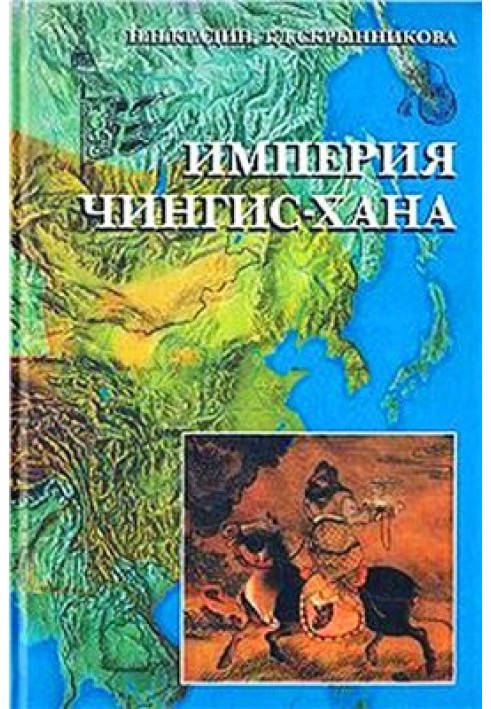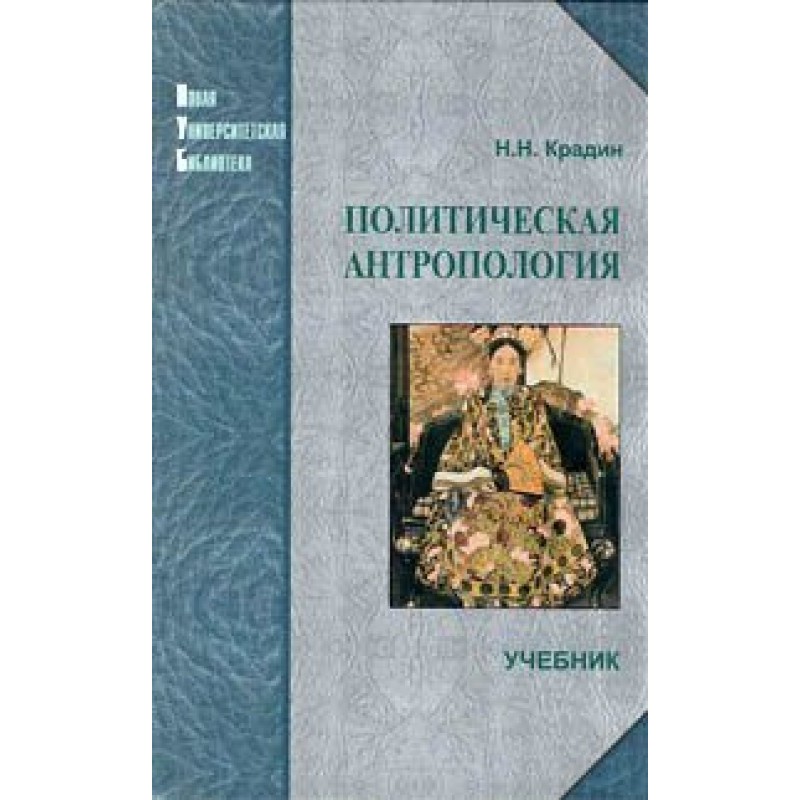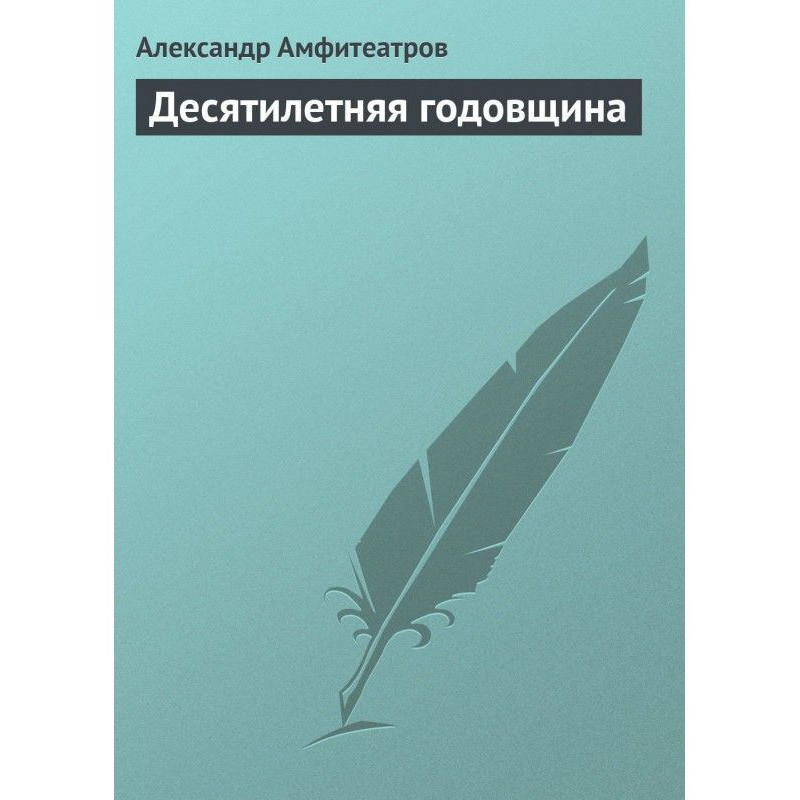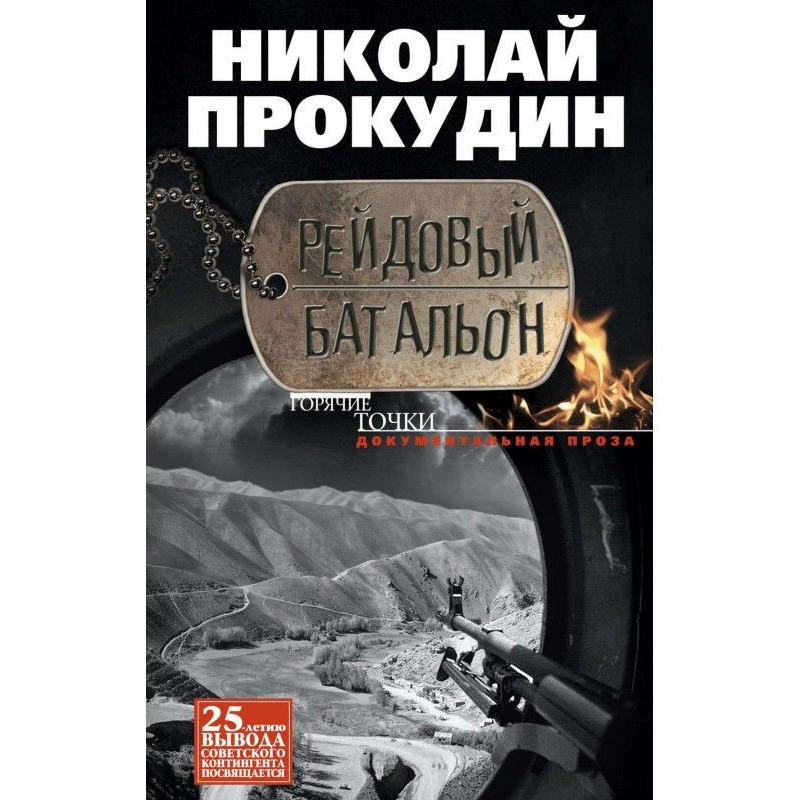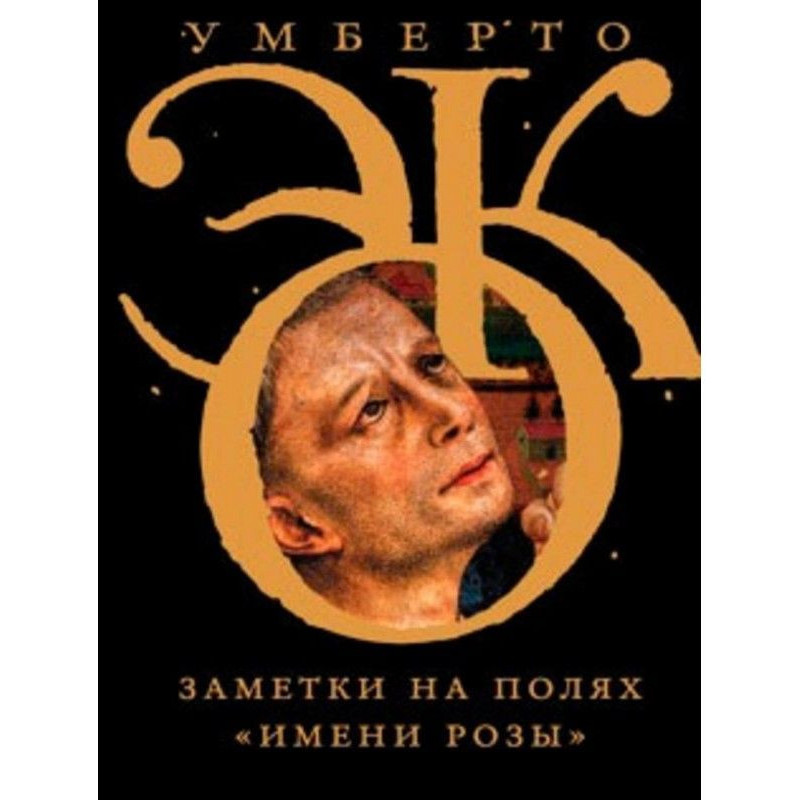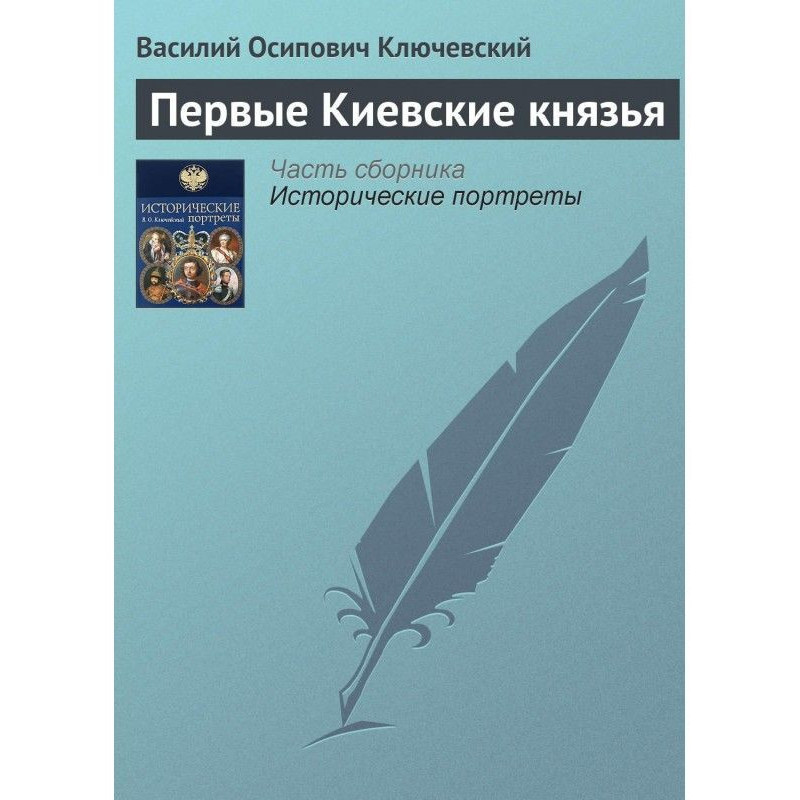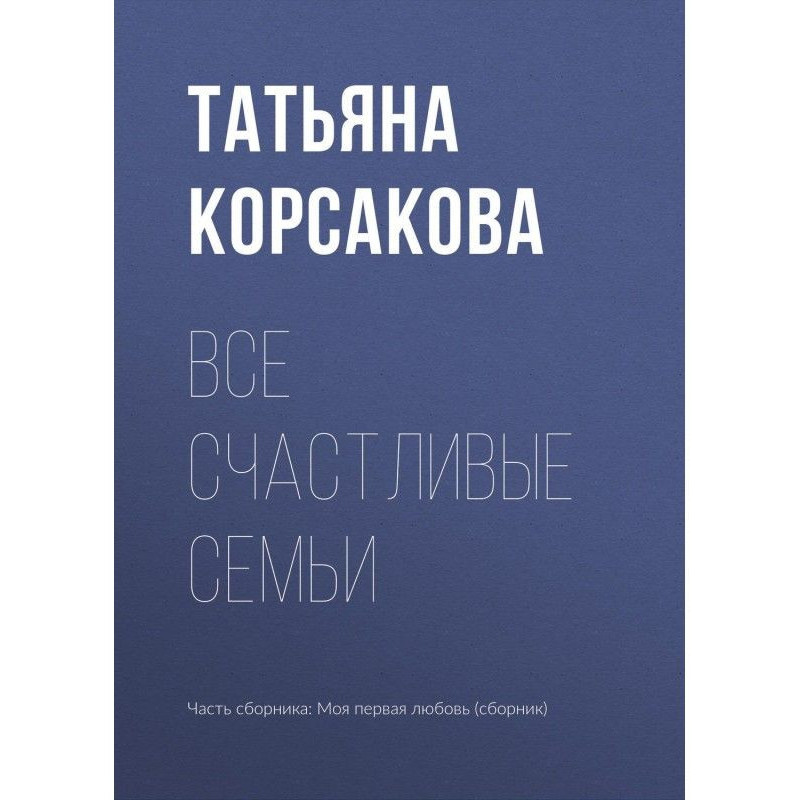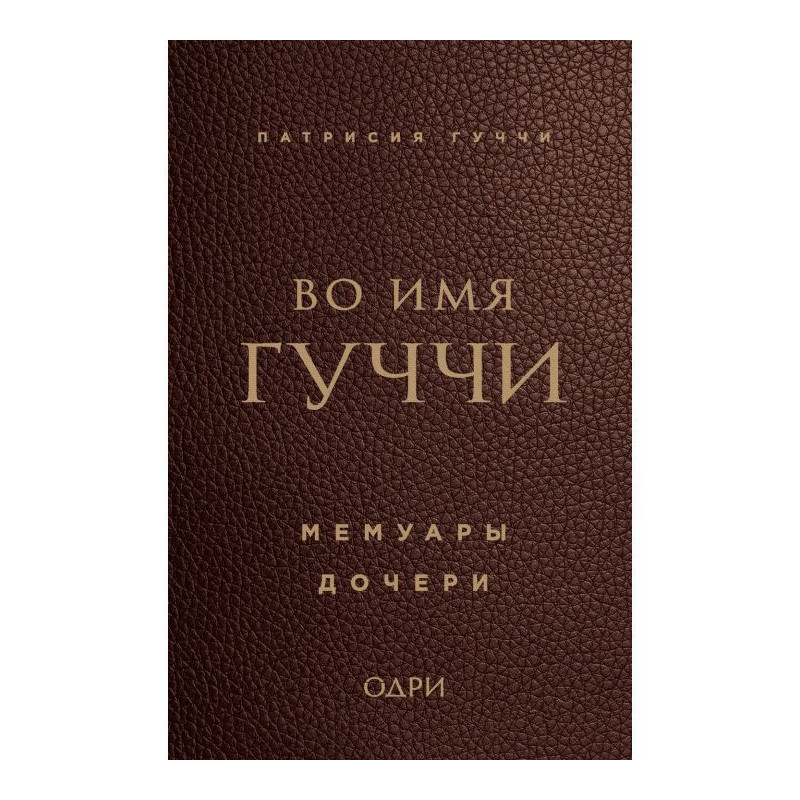Empire of Genghis Khan
 Instant download
Instant download
after payment (24/7)
 Wide range of formats
Wide range of formats
(for all gadgets)
 Full book
Full book
(including for Apple and Android)
The book tells how a small and little-known people - the Mongols, led by Genghis Khan, in a short time created a powerful power that crushed several civilizations of the Middle Ages. The phenomenon of Genghis Khan is examined in the monograph on the basis of the latest theoretical discoveries in the field of sociocultural and political anthropology. The authors reinterpret the main events of Mongolian history, conduct a systematic analysis of Mongolian society proper in the 12th–13th centuries, its social structure and social organization, identify geopolitical, socio-economic, cultural prerequisites for the formation of the empire, the nature of its relations with the agricultural world. CONTENTS: Introduction 3Chapter one. The essence of the problem: nomads and theories of history1. Early theories: “the scourge of God” 122. Stadialism: between primitiveness and feudalism 193. Neo-evolutionism: between the chiefdom and the state 264. Civilization alternative: nomads as a civilization 385. Nomadic alternative to social evolution 466. The role of nomads in world-system processes 55Chapter two. The world of Mongolian nomads in the 12th century1. Ecology of steppe nomadism 681. Social organization 803. Khamag Mongol ulus 1034. Prerequisites for the creation of an empire 112Chapter three. Hierarchy of identities among the medieval Mongols. Two Mongolia 1321. Mongols of the northeast 1362. Great Mongol ulus 1403. Mongol-Tatars 1484. We/ours 152II. Mongols 1572. Nirun/Darlekin 1592. Kiyan/Nukuz 164 Kiyan/Kiyat 165 Nukuz/Chino 1673. Mongols-Taijiuts 169 Relations of alliance 169 Relations of rivalry 1724. Kiyat-borjigin 180 Kiyat 181 Semantics of the names of the ancestors 185 Borte 186G oa 187Mongols 187Wolves-dogs 190Bears-wolves 192Chapter four. Socio-political practice of the Mongol Empire1. Bogol in the social stratification of the Mongolian ulus 215Slaves are an important component of the social structure of nomadic society 216Bogol is a marker of group social stratification 2252. The system of wings in the structure of the supreme power of the Mongolian ulus 2523. The meaning of the term qaracu in medieval Mongolia 2634. Terms of foreign policy practice of the Mongolian ulus 270Chapter five. Power and charisma among the medieval Mongols1. Anthropology of traditional power 2812. Charisma of the Mongol khans 2953. Between tribalism and hierarchy 320Chapter six. Traditional regulatory mechanisms in the Mongolian ulus1. The statuses of senior, junior and khan in the system of power relations 3432. The place of the senior in the clan hierarchy 3453. The significance of the junior in the ritual and profane field of culture 3554. The senior-junior: power relations 3715. Relationships with the khan 3746. The significance of Khuriltai in the management of the Mongol ulus 3807. Forms of law and legal proceedings 394Chapter seven. From the steppe power to the world-system1. Military machine 4182. Cities on wheels 4303. Tax system 4434. Management apparatus 4555. World system of the 13th century 472 Conclusion 490 Sources and literature used, 509Summary 545
Data sheet
- Name of the Author
- Николай Крадин Николаевич
Татьяна Скрынникова Дмитриевна - Language
- Russian
Reviews
Вражаюча монографія про велич Чингіс-хана та його імперії
Книга "Імперія Чингіс-хана" є справжнім відкриттям для тих, хто цікавиться історією та культурою монголів. Автори глибоко аналізують феномен Чингіс-хана, його роль у створенні однієї з найбільших імперій в історії, та надають новий погляд на соціокультурні та політичні аспекти монгольського суспільства. Читачі отримують можливість зануритися в деталі соціальної структури, громадської організації та геополітичних передумов, які призвели до формування імперії. Книга не лише інформативна, але й захоплююча, адже вона розкриває таємниці кочового життя, його екології та традицій. Розділи про ієрархію ідентичностей та соціально-політичну практику монгольської імперії вражають своєю глибиною та деталізацією. Це видання стане незамінним для всіх, хто прагне зрозуміти не лише історію монголів, а й їхній вплив на світову цивілізацію. Рекомендую всім, хто цінує якісну історичну літературу!

